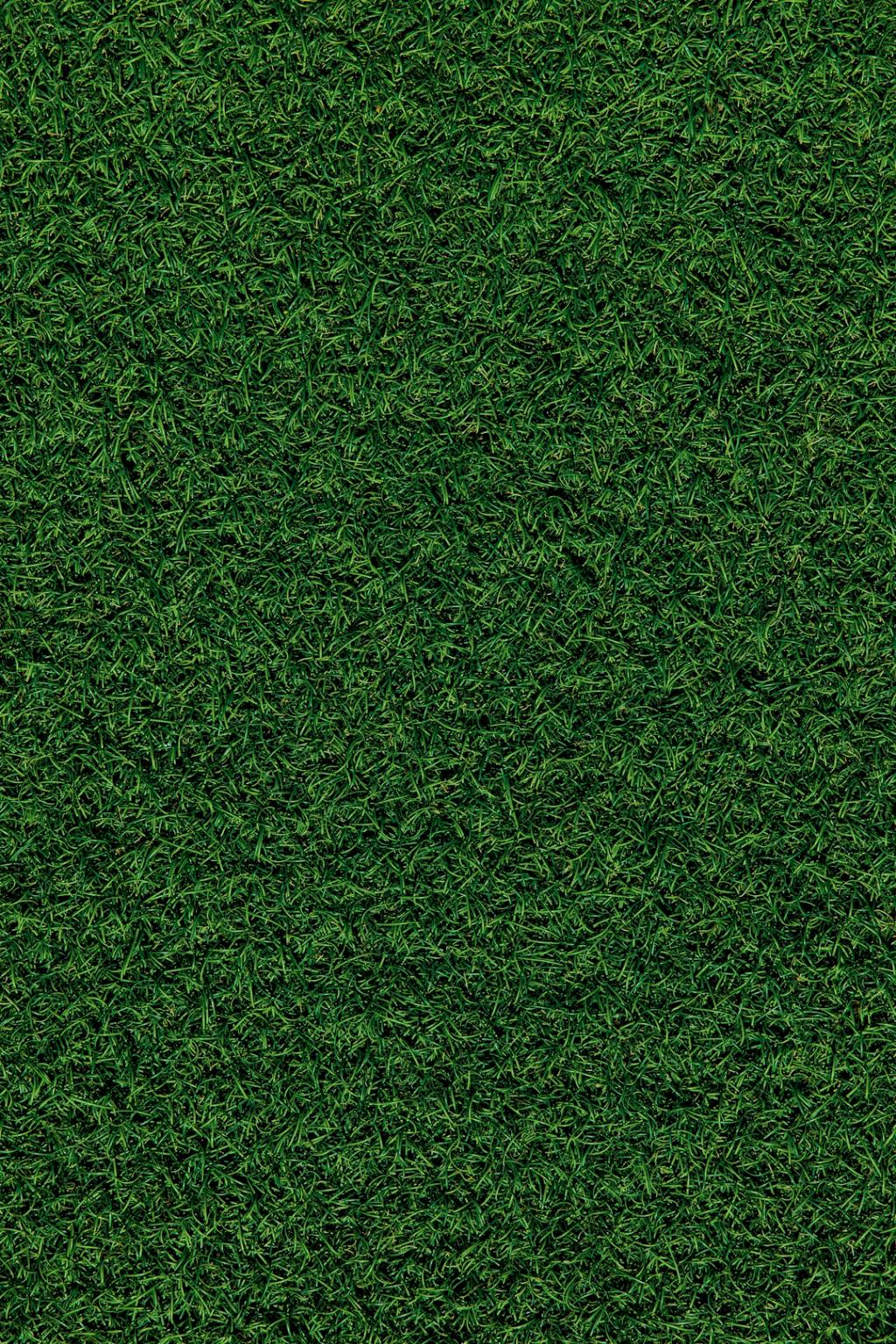When it comes to maintaining a healthy and vibrant lawn, one of the key factors to consider is proper watering. While we all want our lawns to thrive, overwatering or underwatering can have detrimental effects on the health of your grass. So, the burning question remains: how often should you water your lawn? Let’s delve into some guidelines to help you strike that perfect watering balance for your green oasis.
Factors to Consider
The frequency of lawn watering can be influenced by several key factors. One of the primary factors to consider is the temperature in your area. Warmer temperatures generally call for more frequent watering to keep your grass adequately hydrated. Additionally, the type of grass you have planted in your lawn can also impact your watering schedule. Different grass species have varying watering requirements, so it’s essential to tailor your watering regimen to suit your specific grass type.
Temperature and Watering Frequency
As mentioned in the table of facts above, the temperature plays a significant role in determining how often you should water your lawn. For cooler temperatures around 60 degrees or lower, watering your lawn 1-2 times a week may be sufficient to keep your grass healthy. However, as the temperature rises to 70-80 degrees or higher, you may need to increase your watering frequency to 3-4 times a week to prevent your grass from drying out.
Observing Your Lawn
While guidelines based on temperature are helpful, it’s also essential to pay attention to the specific needs of your lawn. One effective method is to observe your grass for signs of stress. If you notice your lawn starting to turn a dull bluish-green color or if the grass blades are wilting, these are indications that your lawn may need more water. On the other hand, if you see pools of water forming or notice a soggy feeling when you step on the grass, you may be overwatering.
Establishing a Routine
To maintain a healthy lawn, consistency is key. Establishing a regular watering routine can help your grass develop deep roots and withstand periods of drought. While it’s crucial to water your lawn thoroughly, it’s equally important to allow the soil to dry out slightly between waterings. This encourages the roots to grow deeper in search of moisture, leading to a more resilient and drought-tolerant lawn.
Early Morning Watering
When it comes to watering your lawn, timing is everything. The best time to water your lawn is in the early morning hours, typically between 5 am and 10 am. Watering in the morning allows the grass blades to dry quickly in the sunlight, reducing the risk of fungal diseases. It also helps minimize water loss due to evaporation, ensuring that your lawn receives the full benefits of hydration.
Watering Depth
Another critical aspect to consider is the depth at which you water your lawn. Shallow watering can result in shallow root systems, making your grass more susceptible to stress during dry periods. To encourage deep root growth, aim to water your lawn to a depth of around 6-8 inches. This can typically be achieved by watering for longer durations at less frequent intervals.
Seasonal Adjustments
As the seasons change, so should your watering schedule. During the cooler months of fall and spring, your lawn may require less frequent watering due to lower evaporation rates and reduced heat stress. Conversely, in the hot summer months, you may need to water more frequently to combat the effects of scorching temperatures on your grass.
Watering Tools and Techniques
Investing in the right watering tools can make a significant difference in the health of your lawn. A quality sprinkler system or soaker hose can help ensure that water is distributed evenly across your lawn, preventing dry patches or waterlogged areas. Additionally, proper watering techniques, such as watering in zones and avoiding runoff, can help maximize the efficiency of your watering efforts.
Conserving Water
While it’s essential to water your lawn to maintain its health and appearance, it’s also crucial to be mindful of water conservation. Simple practices such as checking for leaks in your irrigation system, adjusting sprinkler heads to prevent overspray, and collecting rainwater for use in watering can help reduce water waste and lessen your environmental impact.
Consulting with Experts
If you’re unsure about the watering needs of your lawn or if you’re facing challenges in maintaining a lush green lawn, don’t hesitate to consult with landscaping professionals or local gardening experts. They can provide valuable insights tailored to your specific region and help you develop a customized watering plan that suits your lawn’s unique requirements.

Conclusion
In conclusion, the frequency of lawn watering is a critical aspect of lawn care that can significantly impact the health and vitality of your grass. By considering factors such as temperature, grass type, and individual lawn observations, you can develop a tailored watering regimen that supports strong root growth and lush green grass. Remember to water deeply, observe your lawn’s needs, and adjust your watering schedule according to seasonal changes to ensure a thriving lawn that you can enjoy year-round.
